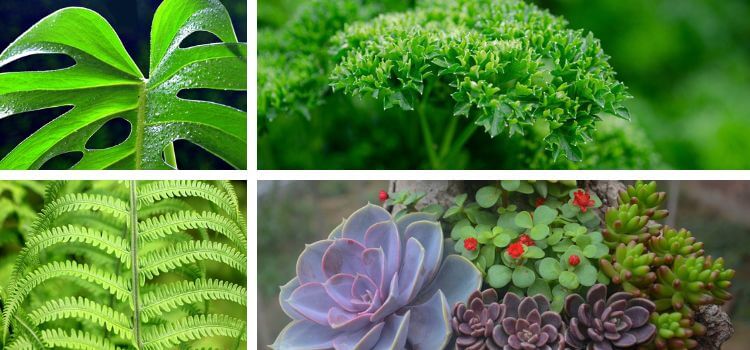As an Amazon Associate, I earn from qualifying purchases.
Pothos, ferns, succulents, and spider plants are suitable plants for indoor vertical gardens. These plants thrive in vertical arrangements due to their adaptable growth habits.
Creating an indoor vertical garden can transform your living space into a lush, green sanctuary. These gardens maximize limited space, making them perfect for apartments and tiny homes. Pothos and spider plants are low-maintenance and ideal for beginners. Ferns add a touch of elegance with their delicate fronds.
Succulents offer a variety of shapes and require minimal watering. Vertical gardens also improve air quality by absorbing pollutants. Choosing the right plants ensures a thriving, beautiful display. Opt for species that match your home’s lighting conditions. Proper care makes your indoor vertical garden flourish, enhancing aesthetics and well-being.
What Is Vertical Gardening?
Vertical gardening is a way to grow plants on walls. It saves space and looks beautiful. This method uses frames, pots, or shelves. It is perfect for tiny homes or apartments. Vertical gardens can be indoors or outdoors. They bring nature closer to your living space.
Benefits Of Vertical Gardens
Indoor vertical gardens are a great way to bring nature to your home. They allow for a beautiful display of greenery in small spaces. These gardens can be both functional and decorative. Let’s explore the benefits of vertical gardens.
Space Saving
Vertical gardens are perfect for small spaces. You can grow many plants without using much floor space. This is especially helpful in apartments and tiny homes. Using walls for gardening helps keep the floor clear. This makes the room look bigger and less cluttered.
There are many ways to create a vertical garden:
- Wall-mounted planters
- Hanging pots
- Stacked shelves
- Vertical garden kits
Here is a comparison of different vertical garden options:
| Method | Space Used | Difficulty |
|---|---|---|
| Wall-mounted planters | Minimal | Easy |
| Hanging pots | Minimal | Moderate |
| Stacked shelves | Moderate | Easy |
| Vertical garden kits | Minimal | Easy |
Air Purification
Plants help clean the air by removing toxins, making it fresher and healthier to breathe. Vertical gardens can include many plants in a small area, increasing the air-purifying benefits.
Some great air-purifying plants include:
- Spider plants
- Peace lilies
- https://farmcitystate.com/are-snake-plants-succulents/Snake plants
- Boston ferns
These plants are easy to care for and work well in vertical gardens. They help remove common indoor pollutants like:
- Formaldehyde
- Benzene
- Trichloroethylene
- Xylene
Having a vertical garden with these plants can improve your indoor air quality. This can lead to better health and well-being for you and your family.
Top Indoor Plants For Vertical Garden
Indoor vertical gardens are a great way to bring nature into your home. They save space and add beauty to your living area. Choosing the right plants is crucial for a thriving vertical garden.
Herbs

Herbs are perfect for indoor vertical gardens. They are easy to grow and maintain. Some popular herbs for vertical gardens include:
- Basil: Needs lots of sunlight and regular watering.
- Mint: Thrives in partial shade and moist soil.
- Thyme: Prefers dry soil and full sun.
- Parsley: Grows well in moderate sunlight and moist soil.
Herbs can be used fresh in cooking, adding a fresh flavor to your meals and providing a pleasant aroma in your home. Growing herbs indoors ensures you have fresh ingredients all year round.
Ferns
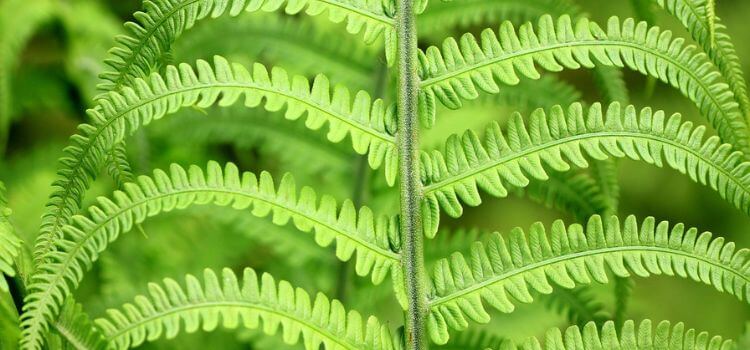
Ferns are excellent for vertical gardens. They add lush greenery and texture. Some popular ferns include:
- Boston Fern: Needs indirect light and high humidity.
- Maidenhair Fern: Prefers low light and moist soil.
- Bird’s Nest Fern: Thrives in low to moderate light.
- Staghorn Fern: Grows well in bright, indirect light.
Ferns require regular watering and thrive in humid environments. Misting the leaves can help maintain moisture. Ferns also help purify the air, making them a great addition to any indoor space.
Succulents
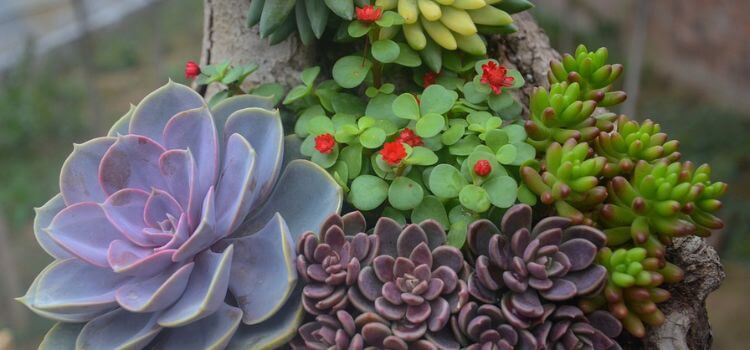
Succulents are low-maintenance plants. They store water in their leaves. This makes them ideal for busy people. Popular succulents for vertical gardens include:
- Aloe Vera: Needs bright light and well-drained soil.
- Jade Plant: Thrives in bright light and dry soil.
- Echeveria: Prefers full sun and infrequent watering.
- Hens and Chicks: Grows well in rocky soil and full sun.
Succulents come in various shapes and colors. They add visual interest to your garden and require minimal care, making them perfect for beginners.
Pothos

Pothos plants are famous for indoor gardens. They are easy to grow and maintain. Pothos can thrive in low light. They also tolerate irregular watering. Some common varieties include:
- Golden Pothos: Has green leaves with yellow variegation.
- Marble Queen Pothos: Features white and green marbled leaves.
- Neon Pothos: Displays bright, lime-green leaves.
- Jade Pothos: Has dark green leaves.
Pothos plants are great for beginners. They are also known for their air-purifying qualities, making them a healthy addition to any indoor space.
Lipstick Flower
The Lipstick Flower is a unique plant. It gets its name from its bright, tubular flowers. This plant is perfect for vertical gardens. It prefers bright, indirect light. Regular watering keeps it healthy. Some popular varieties include:
- Black Pagoda: Has dark green leaves with purple undersides.
- Variegated Lipstick Plant: Features green and white variegated leaves.
- Curly Lipstick Plant: Displays curled leaves and bright red flowers.
The Lipstick Flower adds a splash of color to your garden. Its unique appearance makes it a conversation piece. This plant is also easy to care for, making it suitable for any indoor gardener.
Philodendron
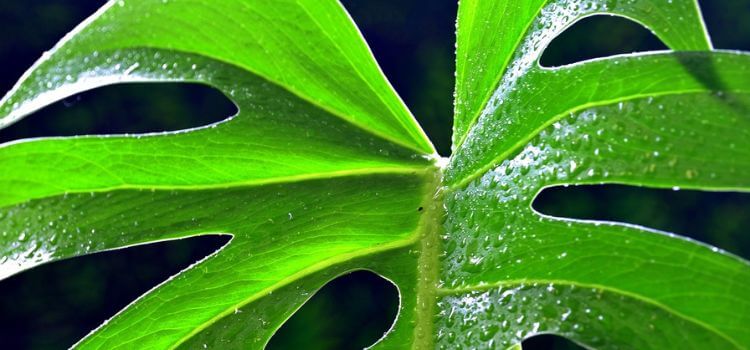
Philodendrons are versatile plants. They can grow in low light. They also tolerate irregular watering. Some popular varieties include:
- Heartleaf Philodendron: Has heart-shaped leaves and grows well in low light.
- Split-Leaf Philodendron: Features immense, split leaves and prefers bright, indirect light.
- Brasil Philodendron: Displays green leaves with yellow variegation.
Philodendrons are known for their air-purifying qualities and straightforward care, making them an excellent choice for any indoor garden.
Crotons
Crotons are known for their vibrant colors. They add a tropical feel to your garden. Crotons prefer bright light and regular watering. Some popular varieties include:
- Petra Croton: Has green, yellow, and red leaves.
- Gold Dust Croton: Features green leaves with yellow spots.
- Oakleaf Croton: Displays leaves shaped like oak leaves with red and orange hues.
Crotons can be finicky. They need consistent care to thrive. Despite this, their stunning colors make them worth the effort. They are a great addition to any indoor vertical garden.
Wandering Jew
The Wandering Jew plant is a popular choice for indoor gardens. It has vibrant, trailing foliage. This plant prefers bright, indirect light. Regular watering keeps it healthy. Some common varieties include:
- Tradescantia Zebrina: Has green and purple striped leaves.
- Tradescantia Fluminensis: Features green and white variegated leaves.
- Tradescantia pallida: Displays solid purple leaves.
The Wandering Jew plant is easy to care for. Its trailing vines make it perfect for vertical gardens. This plant also adds a pop of color to your indoor space.
Plant Care Essentials
Indoor vertical gardens are a great way to bring nature indoors. They save space and look beautiful. Proper care is essential for these plants to thrive.
Watering Tips
Watering is crucial for plant health. Over-watering or under-watering can harm your plants. Follow these tips to ensure proper hydration:
- Check the soil moisture regularly.
- Water when the top inch of soil is dry.
- Use a spray bottle for delicate plants.
- Ensure good drainage to prevent root rot.
Different plants have different water needs. Succulents need less water than ferns. Group plants with similar needs together. This makes it easier to manage their watering schedules.
| Plant Type | Watering Frequency |
|---|---|
| Succulents | Once a week |
| Ferns | Twice a week |
| Herbs | Every 3-4 days |
Nutrient Needs
Plants need nutrients to grow strong and healthy. Fertilizers provide essential nutrients. Use the right type of fertilizer for your plants.
- Use liquid fertilizers for quick absorption.
- Organic fertilizers are good for the environment.
- Follow the instructions on the fertilizer package.
Over-fertilizing can damage your plants. Too many nutrients can burn the roots. Start with a small amount and increase gradually.
| Fertilizer Type | Usage Frequency |
|---|---|
| Liquid Fertilizer | Every 2 weeks |
| Organic Fertilizer | Once a month |
| Slow-Release Fertilizer | Every 3 months |
Pruning Techniques
Pruning helps plants stay healthy and look good. Regularly removing dead or yellow leaves allows new growth to flourish.
- Use sharp scissors or pruning shears.
- Cut just above a leaf node for new growth.
- Prune in the morning for best results.
Different plants have different pruning needs. Vining plants need regular trimming, while bushy plants need less frequent pruning. Research your plants’ specific pruning needs.
Pruning also helps control the size of your plants. Overgrown plants can crowd your vertical garden, and regular pruning keeps them in check.
Vertical Garden Designs
Vertical gardens are perfect for indoor spaces. They save space and look beautiful. With many designs, anyone can create a lush green wall. These gardens bring nature indoors and improve air quality. Vertical garden designs include wall planters, hanging systems, and trellises. Each design has unique features that make it special.
Wall Planters
Wall planters are a popular choice for vertical gardens. They attach directly to walls, creating a living art piece. Wall planters come in various materials, such as plastic, metal, and ceramic. They are easy to install and maintain. These planters are perfect for small spaces and can hold a variety of plants, such as herbs, flowers, and succulents.
Advantages of Wall Planters:
- Space-saving: Ideal for small apartments.
- Aesthetic appeal: Adds beauty to any room.
- Easy maintenance: Simple to water and care for.
Popular Wall Planter Materials: MaterialProsConsPlasticLightweight, AffordableLess durableMetalDurable, Modern lookCan rust over timeCeramicElegant, Variety of designsHeavy, Fragile
Hanging Systems
Hanging systems are another great option for vertical gardens. They use hooks or rods to suspend plants in the air. This design is perfect for windows or balconies. Hanging systems can support a range of plants, from ferns to trailing vines. They create a unique, floating garden effect.
Benefits of Hanging Systems:
- Versatile: Can be used indoors and outdoors.
- Decorative: Adds a dynamic element to any space.
- Flexible: Easy to rearrange and customize.
Common Types of Hanging Systems: TypeFeaturesMacrame HangersBohemian style, HandmadeMetal HooksSturdy, Modern design wooden RodsNatural look, Eco-friendly
Trellises
Trellises provide support for climbing plants in vertical gardens. They can be made from wood, metal, or plastic. Trellises are ideal for plants like ivy, jasmine, and peas. This design adds structure and height to a garden. Trellises can be freestanding or attached to a wall.
Advantages of Trellises:
- Supportive: Helps plants grow upwards.
- Decorative: Enhances garden aesthetics.
- Versatile: Suitable for various plants.
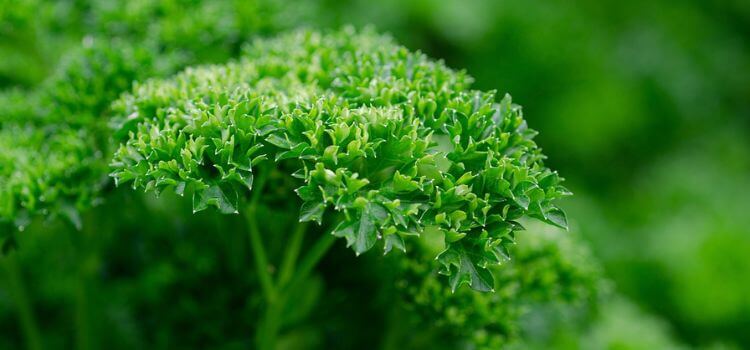
Frequently Asked Questions
What Are The Best Plants For Vertical Gardens?
Some of the best plants for vertical gardens include pothos, philodendrons, ferns, and succulents. These plants thrive in limited soil and vertical setups. They are low-maintenance and add lush greenery to indoor spaces.
Can Succulents Grow In Vertical Gardens?
Yes, succulents can grow in vertical gardens. They require minimal soil and water, making them ideal for vertical setups. Succulents also add texture and visual interest to your indoor garden.
How To Maintain An Indoor Vertical Garden?
To maintain an indoor vertical garden:
- Ensure proper watering and light conditions.
- Regularly check for pests and trim overgrown plants.
- Use a quality soil mix and provide adequate drainage to prevent root rot.
Are Ferns Suitable For Vertical Gardens?
Ferns are suitable for vertical gardens. They thrive in humid conditions and low light, and their lush foliage adds a tropical feel to your indoor space. Ferns require regular misting to maintain humidity levels.
Conclusion
Creating an indoor vertical garden transforms your living space into a green oasis. Choose plants that thrive in low light and require minimal maintenance. This not only enhances your home’s aesthetic but also purifies the air. Start your vertical garden journey today and enjoy a healthier, greener environment.

